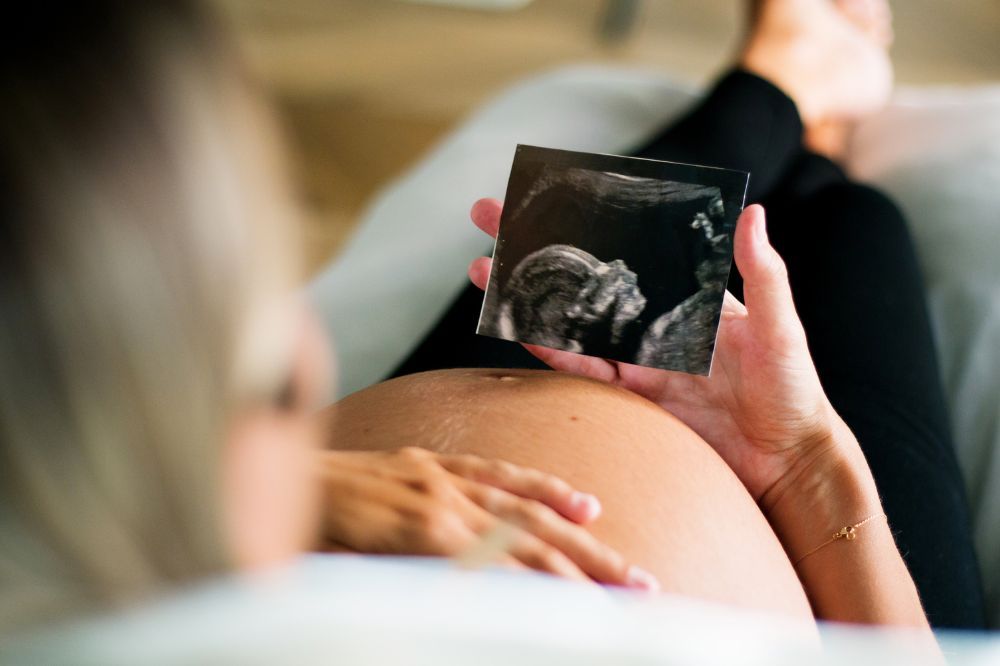What Disqualifies You From Egg Donation?
Women consider donating eggs for several different reasons. Many are motivated by having the opportunity to truly make a difference in someone else’s life, especially if they’ve seen a loved one struggle with infertility. When potential egg donors are screened for donation, they receive an in-depth assessment of their health and fertility. Some women decide to donate eggs because they don’t believe they’ll have a family themselves and donating eggs allows them to pass on their genes. Since egg donors receive a generous monetary compensation, donating eggs may help some donors reach some of their financial goals.
The Center for Reproductive Health welcomes questions from women who may be considering donating their eggs. Some women who are interested in becoming an egg donor may not qualify. What disqualifies you from egg donation?
Overall Health and Unhealthy Habits
To be an egg donor, you need to be in good health both mentally and physically. You should have regular monthly periods with no reproductive abnormalities or disorders. Donors are required to be at a healthy BMI and there should be no family history of inheritable genetic disorders.
Some of your lifestyle choices could disqualify you from egg donation. If you’re a smoker, drink heavily or have a history of substance abuse, you may be disqualified. You must be free of sexually transmitted diseases for the last 12 months.
Egg donors undergo both physical and psychological screening. A psychologist evaluates a potential donor’s mental health to make sure they’re mentally stable and able to cope with mood swings that may happen as a side effect of fertility medication.
Your Age
One of the most important factors in egg donation is age, and donors are required to be between the age of 20 and 31. This is the time of life that there’s the best chance of having high quantity and good quality healthy eggs available, which is important because recipients of donated eggs need to know they are getting the best possible chance of attaining a successful pregnancy.
As women get older, there’s a greater chance of having poor egg quality and chromosomal abnormalities, so if you’re over the age of 31, you’ll be disqualified. Another consideration is that women in their 30s may not respond well to fertility medication.
Young women under the age of 20 are also disqualified, because it’s important for an egg donor to have the maturity needed to understand what the requirements of egg donation are and to follow through on the commitment that they’ve made.
Legalities
If you pass the screening for becoming an egg donor, you’ll be required to sign a contract that signifies your commitment to going through he process start to finish. You can’t sign a contract with more than one agency, so if you’ve already signed a contract with a different agency, you would be disqualified.
If you’re interested in becoming an egg donor and believe you meet the qualifications required, reach out to the Center for Reproductive Health to apply or to have additional questions answered.









